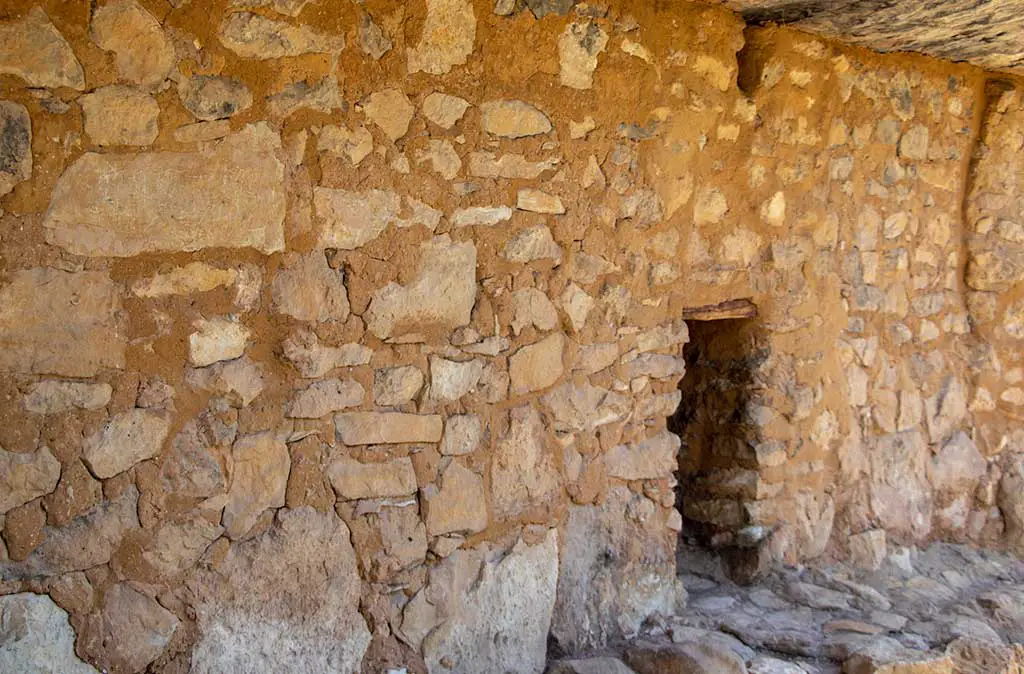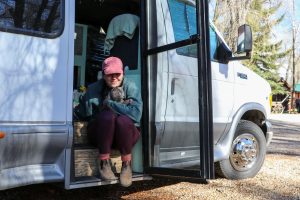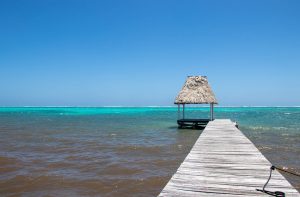Natural building is a method of constructing buildings that relies on locally sourced, sustainable, and non-toxic materials. Building with natural materials has been practiced for centuries, but has become increasingly popular as people seek to create healthier and more sustainable living environments. One of the most popular natural building techniques for desert regions is the use of cob and adobe.
Cob and adobe are both building materials made primarily of earth, sand, and straw. While they share some similarities, they are not the same thing. In this beginner’s guide to natural building, we’ll explore the differences between cob and adobe, and how to use these materials to create a beautiful and sustainable home in the desert.
What is Cob?
Cob is a traditional building material that is made by mixing sand, clay, and straw with water. The mixture is then formed into lumps or balls, and used to build walls, floors, and even furniture. Cob is one of the oldest building materials in the world, and has been used for thousands of years in countries like England, Wales, and Ireland.
Cob is an ideal material for building in the desert, as it has a high thermal mass, which means that it can absorb and store heat during the day, and release it slowly at night. This process helps keep the interior of the building cool during the hot desert days.
What is Adobe?
Adobe is a building material made from clay, water, and straw, that has been used for thousands of years in desert regions around the world. It is a type of sun-dried brick, and is made by mixing sand, clay, and straw with water to create a thick mud. The mud is then formed into bricks and then placed out to dry in the sun.
Like cob, adobe has a high thermal mass, which makes it an ideal material for building in the desert. Adobe is also fire-resistant, which can be a valuable feature in areas that are prone to wildfires.
Differences between Cob and Adobe when it comes to Natural Building
While cob and adobe share some similarities, there are also some key differences between the two materials. Here are a few of the main differences:
- Cob is typically made by hand, by mixing the materials together with your feet or with a machine. Adobe, on the other hand, is made by pouring the mud mixture into molds, and allowing it to dry in the sun.
- Cob is typically used to build thick walls, while adobe is used to build thin walls that are reinforced with wood or bamboo.
- Cob has a more organic, sculptural quality, while adobe has a more uniform, brick-like appearance.
Using Cob and Adobe for Natural Building in the Desert
If you are interested in using cob or adobe in your desert building project, there are a few things to keep in mind. Here are a few tips:
- Start with a good foundation. Both cob and adobe require a solid foundation to prevent cracking and settling over time.
- Consider the climate. Cob and adobe are both ideal materials for desert climates, but they may not be suitable for other regions. Make sure to research the local climate and soil conditions before choosing a building material.
- Work with a professional. While cob and adobe are relatively easy to work with, it is always a good idea to work with a professional who has experience with natural building techniques.
Our Experience with Natural Building in the Mojave Desert
After purchasing an acre of land in the Mojave Desert, we knew straight away we wanted to experiment with natural building. Our first experiment was a rock retaining wall using rocks from around our property and a cob-like mixture to mimic mortar to hold them together. We harvested sagebrush from our land too use as the fiber, rather than straw, dug clay mines to gather clay from the land, sifted the dirt for sand from our land, and reused our gray water from our van to create the mixture. Rather than mixing everything in precise ratios, we used a trial and error process.
Initially, we were mixing the cob in a bucket, but quickly realized it would go much quicker if we used a wheel burrow. You can get an idea of what the process looked like from our TikTok video below:
@shellby_the_shuttle Practicing some natural building techniques! #cobb #naturalbuilding #homesteading #arizonadesert #vacantland ♬ Paper Birds (3 min) – Jordan Halpern Schwartz
Eventually, we will build a tiny house on our land, and I hope to utilize as many natural building techniques as possible. One technique I would like to master before embarking on our tiny house build is earthen floors. If sealed properly, earthen floors give a similar vibe as polished concrete floors, while providing more give, making them a more comfortable option for your feet.
Concluding Thoughts on Natural Building in the Desert
Cob and adobe are two of the most popular natural building materials for desert regions. While they share some similarities, they are not the same thing. Cob is a mixture of sand, clay, and straw that is typically used to build thick walls, while adobe is a sun-dried brick that is used to build thin walls. Both materials, however, have a high thermal mass, making them ideal natural building materials for the desert.
If you are interested in using cob or adobe, now is a great time to start experimenting! Multiple sources say cob ovens are a great first project to get a feel for building with cob. There are multiple DIY guides online to give you a general of the process. As for adobe, practicing by crafting your own adobe bricks is the perfect way to get into this natural building technique.




